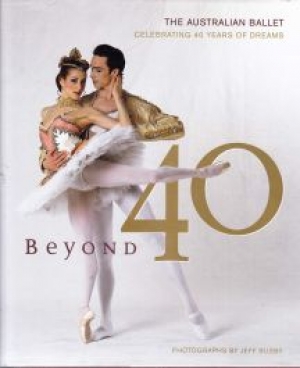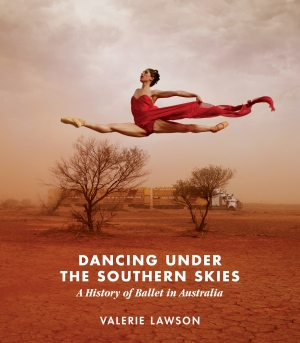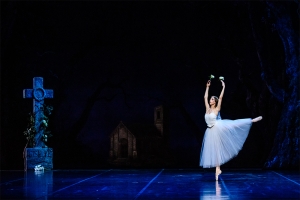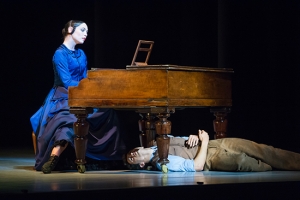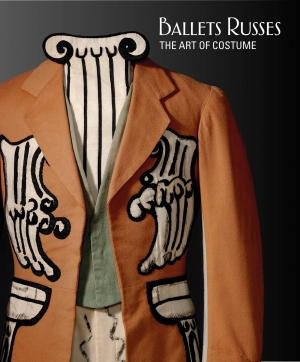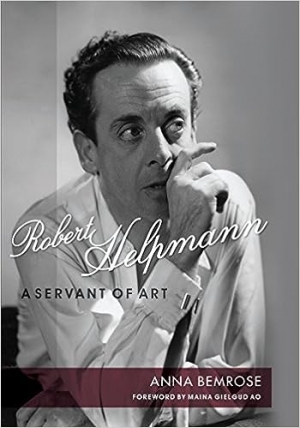Ballet
Robin Grove reviews 'Beyond 40: Celebrating 40 years of dreams' by Jeff Busby, and 'A Collector’s Book of Australian Dance' by Michelle Potter
Here are two sumptuously produced keepsakes serving very different purposes. Beyond 40 describes itself as ‘Forty Years of Dreams’, but actually offers one year’s worth of images that the Australian Ballet want to project. A Collector’s Book of Australian Dance, on the other hand, for all its unintoxicating title, comes much closer to being a book of dreamings.
... (read more)Luke Forbes reviews 'Dancing Under the Southern Skies: A history of ballet in Australia' by Valerie Lawson
Valerie Lawson is a balletomane whose writing on dance encompasses newspaper articles and also articles and editorials for numerous dance companies. Lawson’s lavishly illustrated Dancing Under the Southern Skies, like Arnold Haskell’s mid-twentieth-century popular histories of ballet, substitutes stories about ballet and ballet dancers for a cohesive historical narrative about ballet in Australia. Portraits, images of ballet dancers posing in photographers’ studios, and ephemera are reproduced in the book; but the total sum of stage photos – of dancing – can be counted on one hand.
... (read more)What a luxury it is to have seen the ballet company of La Scala, Milan, on its first visit to Australia. An ensemble of sixty-six dancers, it has become, under the artistic direction of Frédéric Olivieri, a prized instrument of Italian culture. Established in 1788, it engaged with a new wave of contemporary choreographers ...
... (read more)The Royal New Zealand Ballet’s world première of The Piano: The Ballet, inspired by Jane Campion’s Oscar-winning film The Piano (1993), began the company’s program for 2018. It is the second ballet on the subject by Jiří and Otto Bubeníček, former and highly decorated principal dancers at Hamburg Ballet. Their first ...
... (read more)Lee Christofis reviews 'The Sleeping Beauty' (Australian Ballet)
When Sergei Diaghilev staged The Sleeping Princess at the Alhambra Theatre, London, in 1921, he hoped to prove that classical ballet could be as popular as the outrageously glamorous West End hit, Chu Chin Chow, which ran for five years. Diaghilev invited the brilliant colourist Leon Bakst to design sets and costumes equal to those of the orig ...
Jordan Beth Vincent reviews 'Luminous' edited by Kate Scott and Lorelei Vashti
At the closing performance of the Borovansky Ballet in 1961, Peggy van Praagh stepped onstage and spoke about the importance of founding an Australian ballet company. Harold Holt, the serving federal treasurer, went backstage to pledge his personal support. Van Praagh’s celebrated history as a dancer and director overseas made her the perfect candidate to run such a company.
... (read more)What is it about the Ballets Russes that resonates with so many people? Is it the magic of a redeemed art ordained in a marriage of artists, dancers, and composers overseen by a master celebrant – Sergei Diaghilev? Is it remembrance of a creative fire that burst onto the stage in 1909 and assured a strong future for ballet around the world? The answer is ‘yes’ to both, but I think that what attracts us most is nostalgia for a particular moment in time; the desire to have witnessed those famous performances in the early decades of the last century.
... (read more)Ian Britain reviews 'Robert Helpmann: A Servant of Art' by Anna Bemrose
PANACHE. Both in its literal meaning (a plume of feathers) and its more familiar extended one, the term might have been invented for stage critic extraordinaire Kenneth Tynan as plausibly as for Robert Helpmann, one of last century’s most flamboyant and versatile stage practitioners. The illegitimate Tynan’s middle name was Peacock (the surname of his Birmingham father). Helpmann (born plain Robert Murray Helpman – one ‘n’ – in Mount Gambier, South Australia) will always be associated with the lyrebird, nominal subject and central symbol of perhaps his most original creative achievement, The Display, the dance-drama he choreographed for the Australian Ballet in 1964. In looks, each was very striking – and strikingly alike, though Helpmann was eighteen years older than Tynan, and their common resemblance (below as well as above the neck) was more to some exotic, sinuous reptile than to any species of bird.
... (read more)
